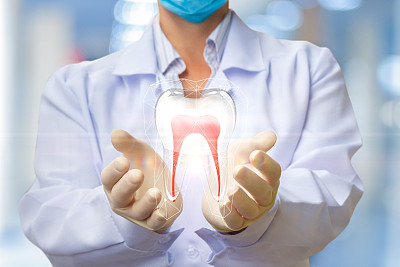The Essential Guide to Preparing for a Tooth Extraction and What to Expect During the Process
Summary: Preparing for a tooth extraction can be a daunting experience, but understanding the process can ease your worries. This article provides an essential guide to help you prepare effectively and to know what to expect during the extraction process. We cover crucial aspects including pre-extraction preparations, types of anesthesia used, the actual extraction procedure, and post-extraction care. By following these guidelines, you can approach your dental appointment with confidence and ensure a smoother recovery.
1. Preparing for Your Tooth Extraction

Preparation is the key to managing anxiety and ensuring a smooth tooth extraction experience. First, schedule a consultation with your dentist, who will review your medical history and perform a thorough examination. Be honest about any medications you are taking or medical conditions you have, as these can affect the procedure.
Next, your dentist may recommend certain pre-extraction instructions. For instance, you may be advised to avoid eating or drinking before the appointment, especially if you will be sedated. Arranging transportation in advance is also crucial, particularly if you will be under anesthesia, as you may feel groggy afterward.
Lastly, consider discussing any concerns or questions you have with your dentist. Understanding the reasons behind the extraction and what to expect helps alleviate anxiety. It’s essential to approach the appointment feeling informed and prepared.
2. Types of Anesthesia Used During Extraction
Anesthesia is a critical part of the tooth extraction process. The type of anesthesia used largely depends on the complexity of the extraction and your comfort level. Local anesthesia is the most common option, numbing the specific area where the tooth will be removed while keeping you fully awake.
For patients who experience high anxiety or for more complicated extractions, sedation dentistry may be recommended. This can range from mild sedation, such as nitrous oxide (laughing gas), to deeper sedation, which induces a sleep-like state. Discussing your options with your dentist is essential to determine the right approach for you.
Regardless of the type of anesthesia chosen, your dentist will monitor you closely throughout the procedure to ensure your safety and comfort. Understanding how anesthesia works and what sensations to expect can further help ease any fears.
3. The Tooth Extraction Procedure Explained
The actual tooth extraction process, though intimidating, is typically quick and efficient. First, your dentist will administer the chosen anesthesia, allowing time for it to take effect. You may feel a brief prick when the anesthesia is injected, but it will quickly numb the area.
Once youre comfortable, the dentist will carefully loosen the tooth from its socket using specialized instruments. You may feel pressure but should not experience pain during this process. If the tooth is impacted or requires surgery, additional techniques may be employed to ensure a safe extraction.
After the tooth is extracted, the dentist will provide instructions on how to care for the area, including applying gauze to stop any bleeding. Understanding each step of the procedure helps demystify the process and reduces anxiety about the unknown.
4. Post-Extraction Care for Quick Recovery
The care you provide yourself after the extraction is crucial for healing and recovery. Initially, you will need to bite down on gauze to control bleeding and promote clot formation. Following your dentists instructions regarding when to change the gauze is vital.
Pain may be expected after the anesthesia wears off, so preparing ahead by having over-the-counter pain relievers, as recommended by your dentist, will make for a smoother recovery. Ice packs can also reduce swelling during the first 24 hours.
Additionally, be vigilant about your diet for the first few days—sticking to soft foods and avoiding anything that requires heavy chewing can help the healing process. Hydration is essential, but avoid using straws, as the suction can dislodge the blood clot and lead to complications.
Summary:
In summary, understanding the preparation and recovery associated with tooth extraction can significantly reduce anxiety and improve the entire experience. By being informed about each step—from the initial consultation and anesthesia options to the extraction procedure and post-care—youll approach your dental visit with greater confidence.
Being proactive in your preparation and care will lead to a smoother healing process and a positive outcome. Taking these steps ensures that your oral health remains a priority.
This article is compiled by Vickong Dental and the content is for reference only.


